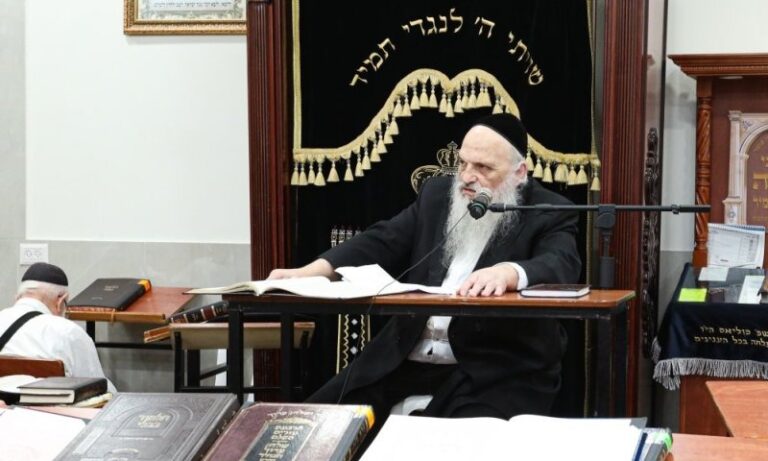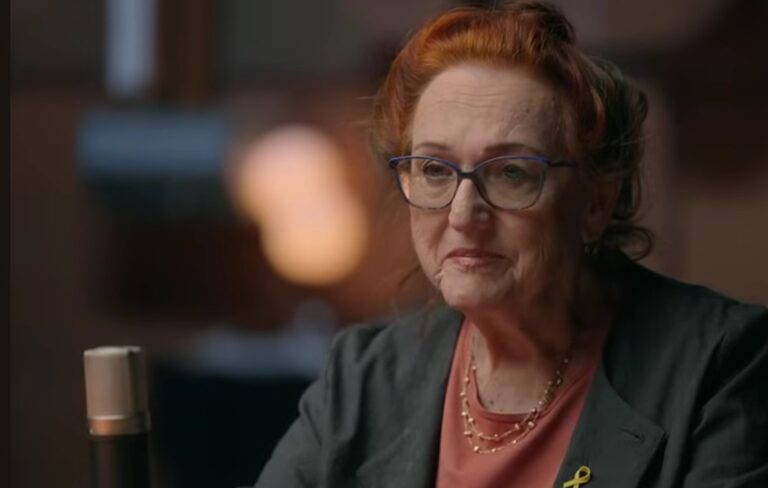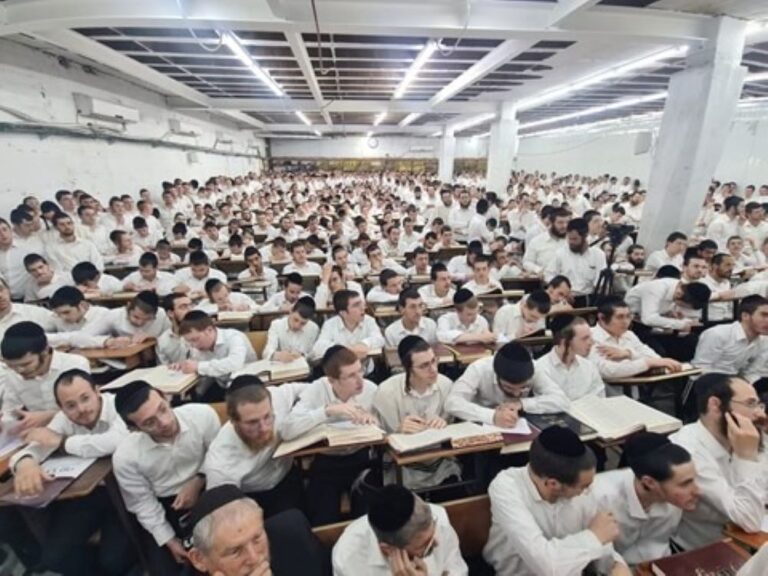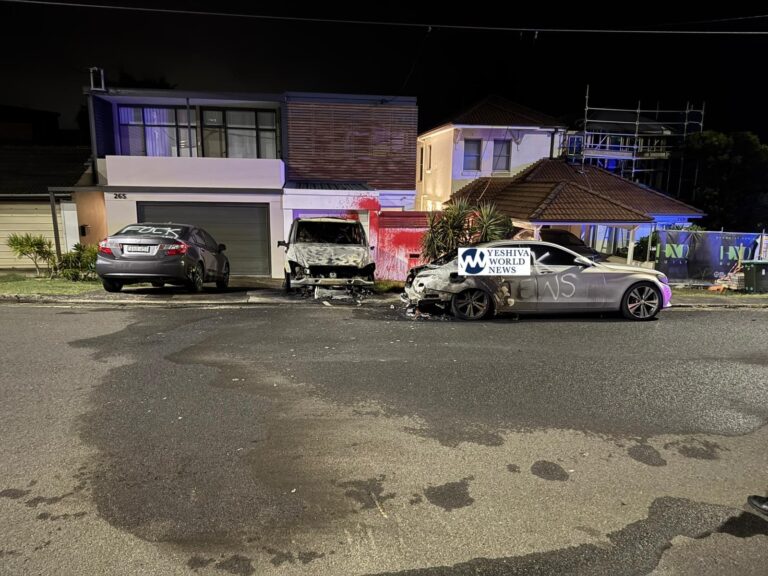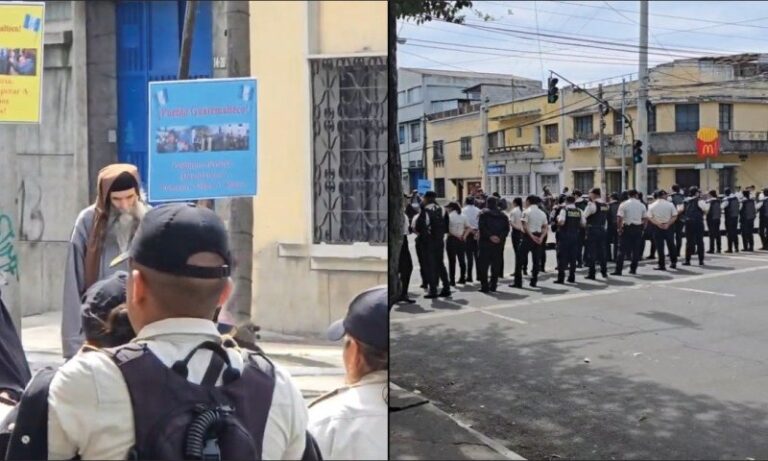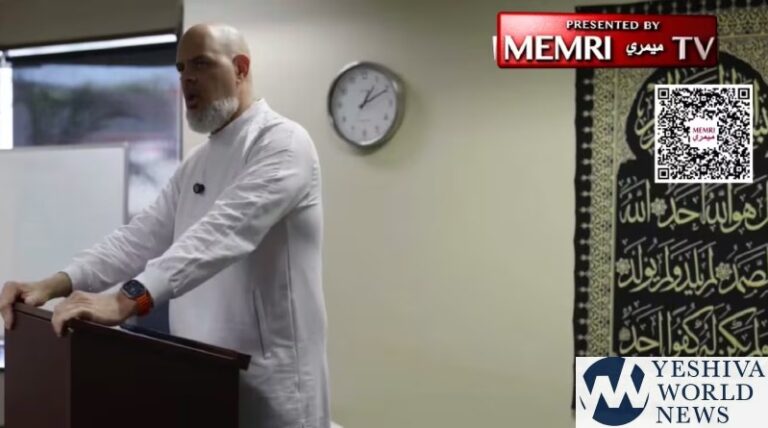As the stereotype goes, Jewish mothers will brag about having a doctor or a lawyer in the family. While the fact is that Jewish mothers will brag about having just about anything in the family, perhaps we should start thinking about another profession to that list: Artist.
Orthodox Judaism is not necessarily known for its pantheon of artists. In fact, the function of art in a religious Jew’s life is not immediately apparent. Fact is, for an Orthodox Jew to get serious about a hobby or a career through art isn’t viewed as the noblest of causes.
But maybe it should be.
 In Bereishit (1:27) it’s relayed that God created man in his image. What it means by the fact that man is created in God’s image is that whatever ends up a part of us – hands, feet, fingers, feelings – is an aspect of God revealed, in whatever small fashion, to the world.
In Bereishit (1:27) it’s relayed that God created man in his image. What it means by the fact that man is created in God’s image is that whatever ends up a part of us – hands, feet, fingers, feelings – is an aspect of God revealed, in whatever small fashion, to the world.
The universe itself is in many ways, God’s great work of art. Therefore, by understanding something about ourselves and the world around us and by binding that understanding in some physical worldly way, we can begin to understand something about God.
The fact that art exists reveals some facet of the Divine.
 So how does this revelation through art manifest itself in the real world? According to some artists, it does just that, connect him to the Divine. “Whenever a person does a maaseh, they create a maluch,” says Jeff Reznik, owner and manager of J. Reznik Studios. “That maluch is a representation of their good (or bad) actions. When an artist creates an image, they are creating a divine space where a ‘spirit’ lives. By looking at art, talking, sharing or feeling art, one enters that divine space.”
So how does this revelation through art manifest itself in the real world? According to some artists, it does just that, connect him to the Divine. “Whenever a person does a maaseh, they create a maluch,” says Jeff Reznik, owner and manager of J. Reznik Studios. “That maluch is a representation of their good (or bad) actions. When an artist creates an image, they are creating a divine space where a ‘spirit’ lives. By looking at art, talking, sharing or feeling art, one enters that divine space.”
It’s not just building a connection to God that drives artists in the Jewish community. J. Reznik Studios, owned and run by artist Jodi Reznik and her husband Jeff, has been using art to bridge communities for years. Their “Fallen Angel Project,” where the families of police officers killed in the line of duty, were given – free of charge- portraits of their loved one, was received with appreciation and admiration from the family recipients. Additionally, pieces of Ms. Reznik’s works were given to several European and Asian embassies as a show of appreciation for their efforts in saving WWII refugees.
Recently, the studio hosted an exhibition fittingly called “Living in Divine Space” featuring works of 11 local Jewish artists. Not only did this exhibition serve as a platform for these artists’ work, it also served a springboard for remarkable chessed in the community as all the participating artists volunteered at Masbia, a nonprofit soup kitchen network and food pantry that provides meals for hundreds of needy New Yorkers. Additionally, a portion of the exhibitions proceeds are also to be donated to the Masbia initiative, which in addition to its hot meal program, provides bags of much needed groceries every week to those with not enough at home, through their weekend take-home package program.
“When planning the show, our thoughts were on how to reach out to the community and give to those in need,” says Dovid Orlansky, featured artist and curator of the exhibition. “Helping others means we have the opportunity to give of ourselves and our goal is to satiate the needs of those who are hungry; spiritually, physically and emotionally. Living in Divine Space is not just a show, it’s a mindset.”
Featured artist Yitzchok Moully was quite excited about the opportunity to inspire others by both sharing his art and using it as a platform for chessed. “It is truly wonderful to create a work of art that can impact the viewer as well as be an instrument in bringing good through a portion of sales going to such a worthy cause,” said Moully. “I look forward to participating in person at Masbia.”
Another featured artist, Shoshannah Brombacher says that she’s glad to showcase art from a frum perspective as a more than noble endeavor. “It proves that the artists ‘live’ their art by incorporating their mitzvot in their art and their art in mitzvot. We, frum artists, work from a Torah perspective while creating beauty.”
“Living in Divine Space” serves as a wonderful example of how art can connect us to God and to each other alike, bringing us closer to each other through chessed and giving physicality and tangibility to the spirituality that is so a part of Jewish life. According to Brombacher, art in the Jewish world is not only noble but integral. “It is not necessarily kitsch, it is not ‘goyish’, it is not ‘fringe’, it is connected to our lifestyle,” she says.
Perhaps, the day when bragging about an artist in the family is not only stereotypical but regularly so isn’t as far away as we might think.




